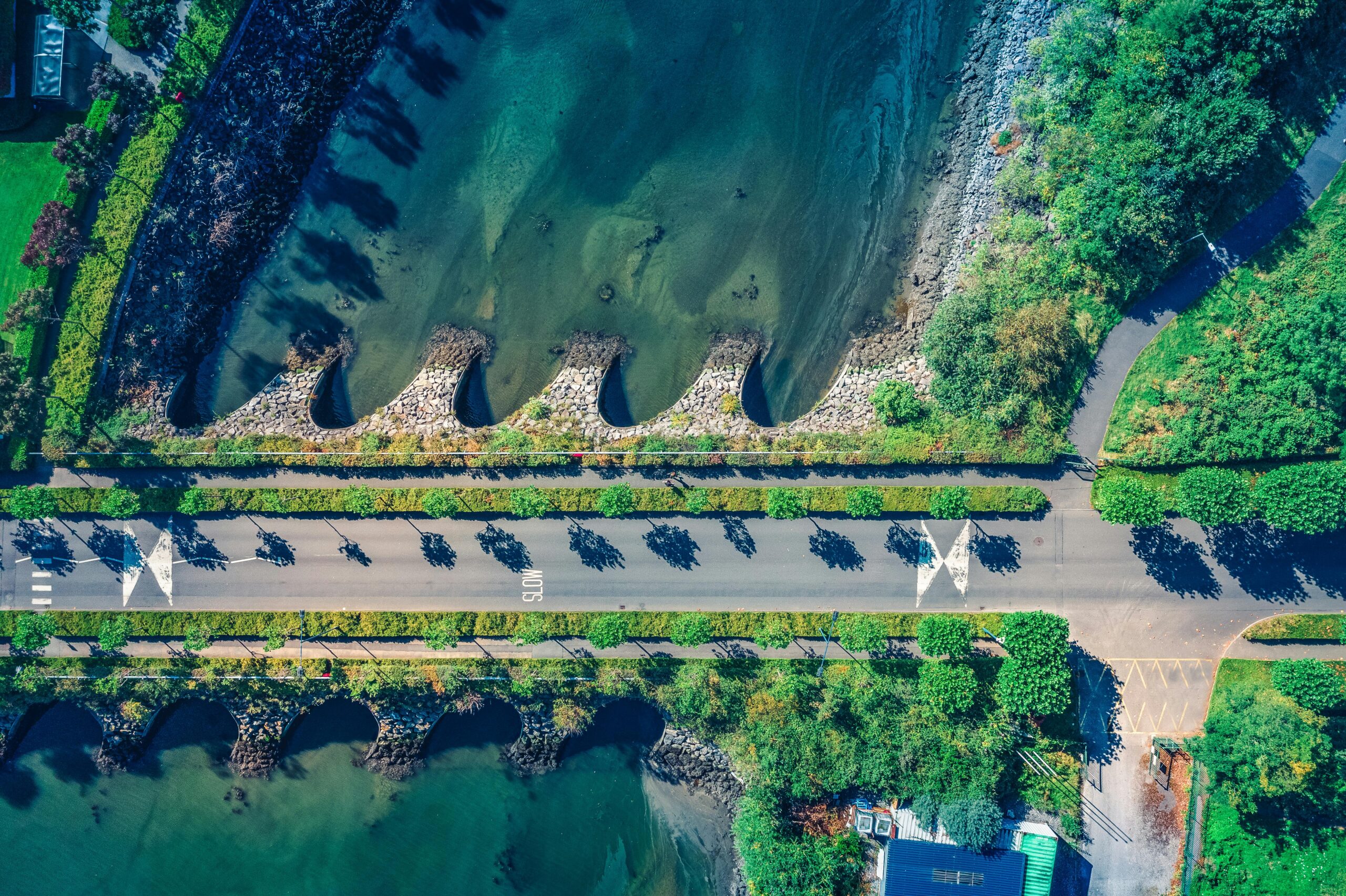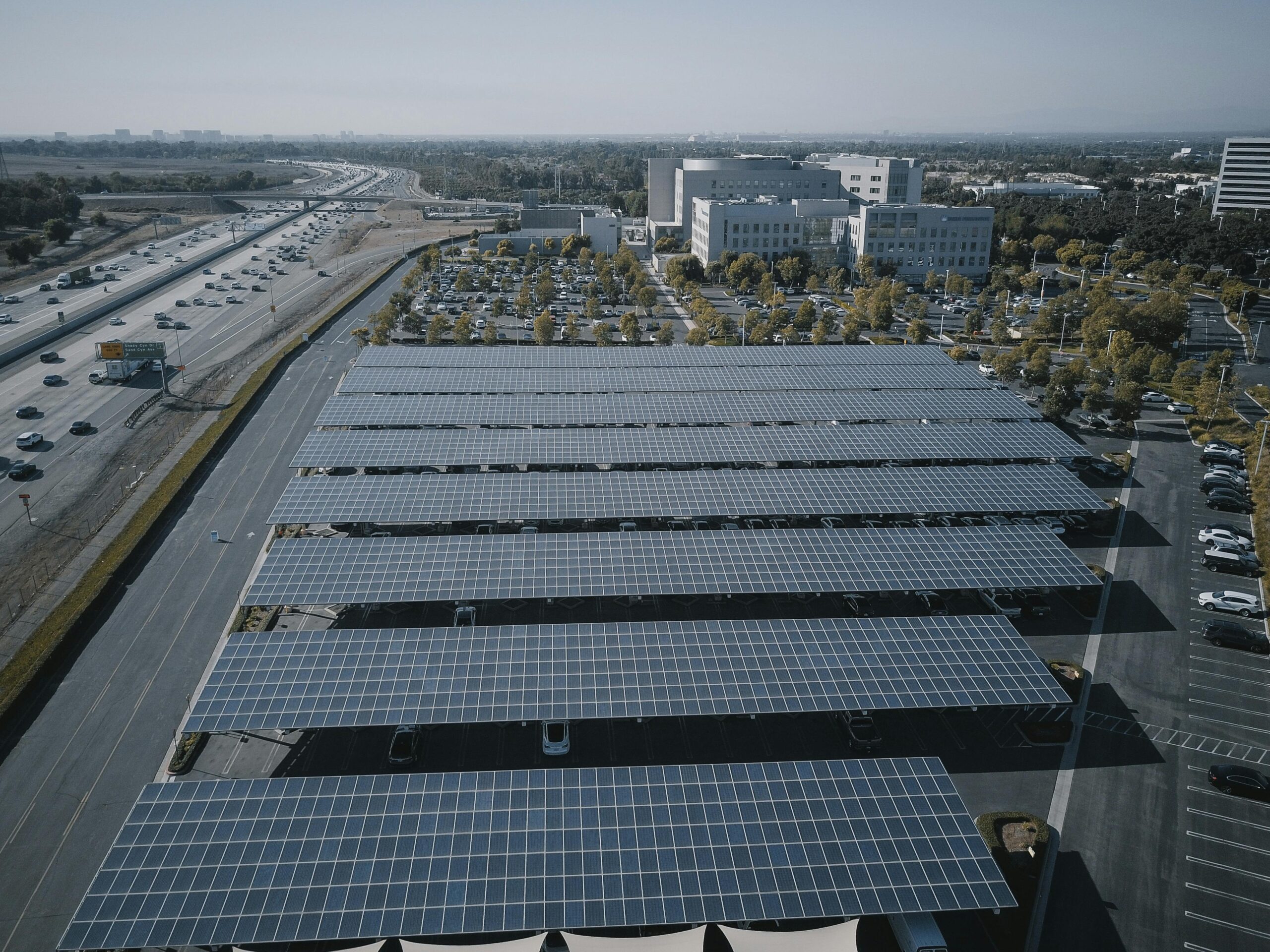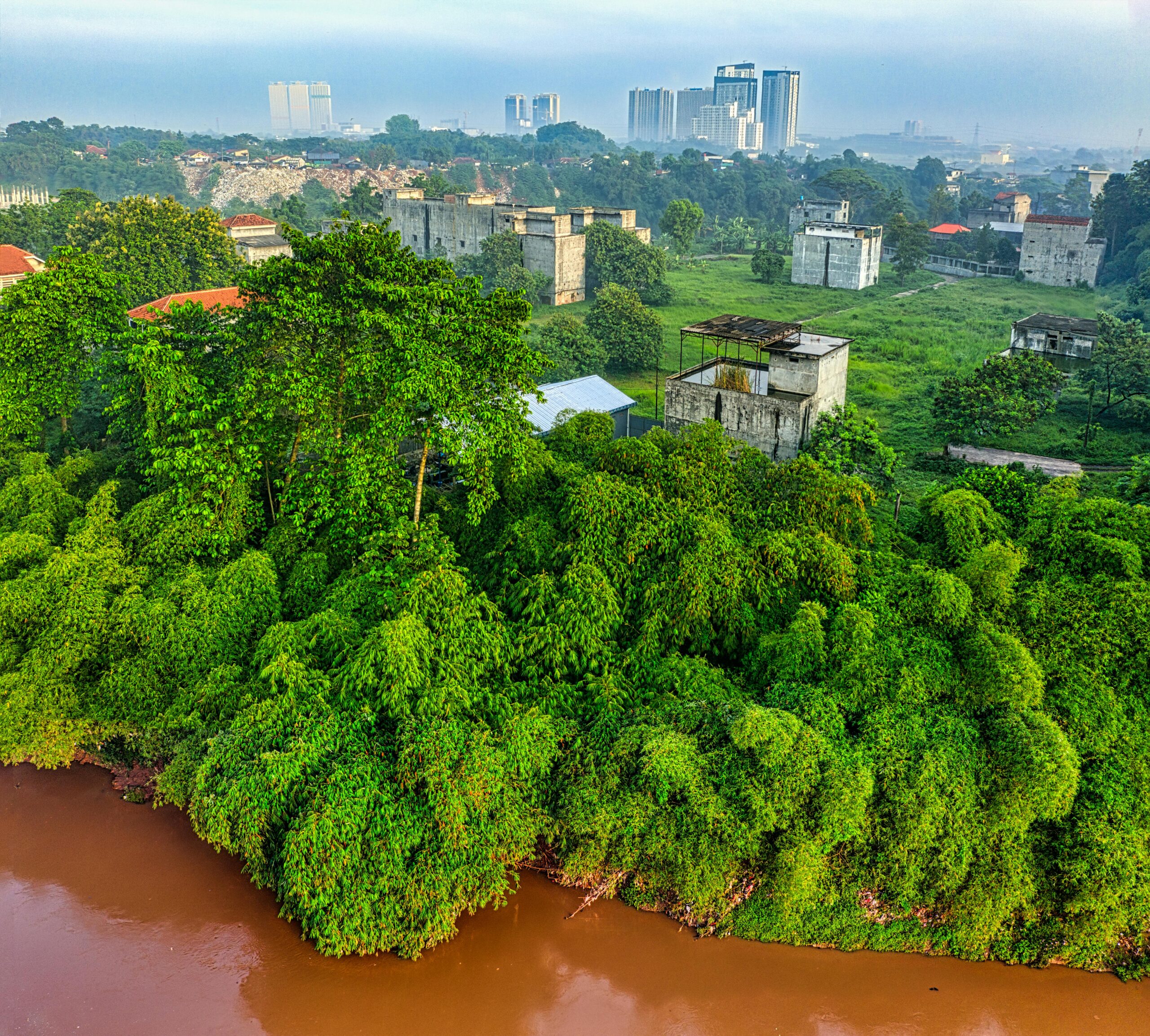Eco-roofs are transforming urban landscapes and residential spaces, offering innovative solutions that merge environmental responsibility with cutting-edge design to combat climate change while enhancing quality of life.
🌱 The Rise of Living Architecture in Modern Cities
Our planet faces unprecedented environmental challenges, and the construction industry accounts for nearly 40% of global carbon emissions. Traditional roofing systems contribute significantly to urban heat islands, stormwater runoff problems, and energy waste. However, a revolutionary movement is reshaping how we think about the spaces above our heads.
Eco-roof innovations represent far more than just aesthetic upgrades to buildings. These transformative systems incorporate vegetation, advanced materials, and smart technologies to create functional ecosystems that actively benefit both inhabitants and the surrounding environment. From intensive green roofs supporting entire gardens to solar-integrated designs generating clean energy, these innovations are redefining sustainable architecture.
The momentum behind eco-roofing has accelerated dramatically over the past decade. Major cities worldwide now offer incentives for green roof installations, recognizing their potential to address multiple environmental concerns simultaneously. Singapore, Copenhagen, and Toronto have emerged as global leaders, implementing policies that encourage or mandate green infrastructure on new developments.
Understanding the Spectrum of Eco-Roof Technologies
Eco-roofs exist along a diverse spectrum, each type offering unique advantages tailored to different climates, building structures, and sustainability goals. Understanding these variations helps property owners, architects, and urban planners select the most appropriate solutions for their specific contexts.
Extensive Green Roofs: Lightweight Environmental Champions
Extensive green roofs feature shallow growing media, typically between 2-6 inches deep, supporting hardy, drought-resistant plants like sedums, mosses, and native grasses. These systems require minimal maintenance and add relatively little structural load to buildings, making them ideal for retrofitting existing structures.
The environmental benefits are substantial despite their modest depth. Extensive green roofs reduce stormwater runoff by 40-60%, significantly decreasing the burden on urban drainage systems during heavy rainfall. They also provide moderate insulation, reducing heating and cooling costs by 10-30% depending on climate conditions.
Intensive Green Roofs: Sky Gardens and Urban Oases
Intensive green roofs transform rooftops into fully accessible gardens, parks, and recreational spaces. With growing media depths exceeding 6 inches and often reaching several feet, these systems support diverse plant communities including shrubs, trees, and vegetable gardens.
While requiring more substantial structural support and regular maintenance, intensive green roofs deliver exceptional environmental and social benefits. They create valuable urban green spaces in dense cities where ground-level parks are scarce, providing community gathering areas and even urban farming opportunities.
Blue-Green Roofs: Advanced Water Management Systems
Blue-green roofs represent the cutting edge of sustainable roof design, integrating water retention and detention systems with vegetation. These innovative installations feature specialized reservoirs that temporarily store rainwater, releasing it slowly over time or retaining it for plant irrigation during dry periods.
Cities prone to flooding have embraced blue-green roofs as essential infrastructure. Rotterdam’s Climate Adaptation Strategy prominently features these systems, which can reduce peak stormwater discharge by up to 80% during intense rainfall events while maintaining healthy vegetation through drought periods.
🔋 Solar Integration: Doubling Down on Sustainability
The marriage of solar technology and green roofs creates synergistic systems that maximize environmental benefits. Initially, many believed these technologies were incompatible, but innovative design approaches have proven otherwise, creating “biosolar roofs” that optimize both energy generation and ecological function.
Research from Germany’s Karlsruhe Institute of Technology demonstrates that vegetation actually enhances solar panel efficiency by cooling ambient temperatures through evapotranspiration. Solar panels can operate 5-10% more efficiently when installed above green roofs compared to conventional surfaces, which absorb and radiate heat.
The design strategy involves elevating solar panels on mounting systems that allow vegetation to grow beneath. This arrangement provides shade tolerance for specific plant species while the plants cool the environment surrounding the panels. The result is a roof that generates renewable energy, manages stormwater, supports biodiversity, and provides insulation simultaneously.
Material Innovations Driving the Eco-Roof Revolution
Advances in materials science have dramatically expanded the possibilities for sustainable roofing. Traditional systems relied on heavy, expensive components that limited widespread adoption. Today’s innovations emphasize lightweight, durable, and increasingly bio-based materials that enhance performance while reducing environmental impact.
Next-Generation Growing Media
The growing medium represents the foundation of any vegetated roof system. Modern formulations balance water retention, drainage, aeration, and nutrient availability while minimizing weight. Engineered substrates now incorporate recycled materials including crushed brick, expanded clay, and even processed coconut coir, reducing reliance on mined resources.
Biochar-enhanced growing media represent particularly exciting developments. This carbon-rich material, produced through pyrolysis of organic waste, improves soil structure, water retention, and nutrient cycling while permanently sequestering atmospheric carbon. Green roofs using biochar-amended substrates essentially become carbon sinks, actively removing greenhouse gases from the atmosphere.
Reflective and Cool Roof Technologies
For situations where vegetated systems aren’t feasible, cool roof technologies offer significant sustainability benefits. Advanced coatings and materials with high solar reflectance and thermal emittance keep roof surfaces dramatically cooler than conventional materials, reducing cooling loads by up to 40%.
The latest cool roof coatings incorporate phase-change materials that absorb and release thermal energy, further stabilizing indoor temperatures. Some formulations even feature photocatalytic properties that break down air pollutants, actively cleaning the urban atmosphere while keeping buildings cool.
🏙️ Urban Heat Island Mitigation: Cooling Our Cities
Urban heat islands create temperature differentials of 5-7°C between cities and surrounding rural areas, increasing energy consumption, air pollution, and heat-related health issues. Eco-roofs provide one of the most effective strategies for combating this phenomenon.
Traditional dark roofing materials absorb solar radiation and re-emit it as heat, reaching surface temperatures exceeding 70°C on summer days. Green roofs typically maintain surface temperatures below 25°C through evapotranspiration and shading. At scale, widespread eco-roof adoption could reduce urban temperatures by 2-3°C, significantly improving comfort and reducing air conditioning demand.
Chicago’s green roof initiative provides compelling real-world evidence. Since launching in 2001, the city has installed over 500 green roofs covering more than 5 million square feet. Temperature monitoring shows measurable cooling effects in neighborhoods with concentrated green roof coverage, alongside documented improvements in air quality and stormwater management.
Biodiversity Sanctuaries in the Sky
Perhaps the most unexpected benefit of eco-roofs lies in their potential to support urban biodiversity. As ground-level habitats disappear beneath concrete and asphalt, rooftop ecosystems provide crucial refuge for pollinators, birds, and beneficial insects.
Swiss research on green roof biodiversity documented over 170 beetle species, 78 spider species, and numerous rare and endangered invertebrates colonizing vegetated roofs in Basel. These rooftop habitats function as stepping stones in urban ecological networks, allowing species to move across cityscapes that would otherwise be impassable barriers.
Designing for biodiversity requires thoughtful plant selection and substrate variation. Native species adapted to local conditions support indigenous fauna most effectively. Creating topographic variation with substrate depths ranging from shallow to deeper pockets increases habitat diversity, accommodating species with different requirements. Including features like hollow stems, rock piles, and deadwood further enhances ecological value.
💧 Stormwater Management: From Problem to Resource
Urban stormwater runoff ranks among the most significant environmental challenges facing modern cities. Impervious surfaces prevent rainfall from infiltrating naturally, creating surges that overwhelm drainage systems, cause flooding, and carry pollutants into waterways. Eco-roofs transform this problem into an opportunity.
Green roofs intercept rainfall before it becomes runoff, with retention rates varying by system type and intensity. During typical rain events, extensive green roofs retain 60-75% of precipitation, intensive systems retain 70-90%, and blue-green roofs can capture virtually all rainfall from moderate storms, releasing it gradually over 24-48 hours.
The quality benefits prove equally important. As rainwater passes through growing media and plant roots, biological processes filter out pollutants including heavy metals, nutrients, and particulate matter. Runoff from green roofs typically contains far fewer contaminants than that from conventional surfaces, protecting downstream water quality.
Philadelphia’s Green City, Clean Waters program exemplifies how eco-roofs integrate into comprehensive watershed management strategies. The city committed to implementing green infrastructure, including extensive green roof deployment, to manage 9 billion gallons of stormwater annually while avoiding $8 billion in conventional infrastructure costs.
Economic Considerations and Return on Investment
While eco-roofs require higher upfront investment than conventional systems, comprehensive cost-benefit analyses increasingly demonstrate their economic viability. Initial costs for extensive green roofs typically range from $100-200 per square meter, while intensive systems may cost $200-500 per square meter, compared to $50-100 for conventional roofs.
However, eco-roofs deliver value through multiple channels that conventional systems cannot match. Energy savings typically reduce heating and cooling costs by 15-30% annually. Extended roof membrane lifespan provides substantial savings—vegetated systems protect waterproofing from UV radiation and temperature extremes, potentially doubling membrane durability from 20 to 40+ years.
Additional economic benefits include stormwater fee reductions in many municipalities, increased property values, and enhanced marketability. Commercial properties with green roofs command rental premiums and experience lower vacancy rates as tenants increasingly prioritize sustainable features. Some jurisdictions offer tax incentives, grants, or expedited permitting for projects incorporating eco-roof systems.
🛠️ Installation and Maintenance Realities
Successful eco-roof implementation requires careful planning, professional installation, and appropriate maintenance protocols. Unlike conventional roofing, green systems involve living components with specific requirements that influence long-term performance.
Professional Assessment and Structural Considerations
Before installation, structural engineers must evaluate whether existing buildings can support additional loads imposed by growing media, vegetation, and retained water. Extensive systems add approximately 70-170 kg per square meter when saturated, while intensive systems may add 300-1000 kg per square meter depending on substrate depth and plantings.
Many existing buildings require no reinforcement for extensive systems, but intensive installations often necessitate structural upgrades. New construction projects can design appropriate load capacity from the outset, making eco-roofs more cost-effective than retrofitting.
Layer Systems and Installation Sequence
Eco-roofs comprise multiple layers, each serving specific functions. From bottom to top, typical systems include waterproofing membranes, root barriers, drainage layers, filter fabrics, growing media, and vegetation. High-quality waterproofing proves absolutely critical, as repair access becomes extremely difficult after installation.
Professional installers follow precise protocols to ensure proper drainage, prevent root penetration into building structures, and establish vegetation successfully. Quality control during installation prevents problems that could compromise system performance or building integrity.
Maintenance Requirements and Long-Term Care
Extensive green roofs require relatively minimal maintenance—typically 1-2 inspections annually to remove unwanted vegetation, ensure drainage functionality, and check for any issues. Intensive systems need more regular care similar to ground-level gardens, including irrigation, fertilization, pruning, and seasonal planting.
Establishing clear maintenance protocols from the outset ensures long-term success. Many property owners contract with specialized green roof maintenance companies that understand the unique requirements of rooftop ecosystems.
Policy Frameworks Accelerating Adoption
Government policies play crucial roles in driving eco-roof adoption. Progressive municipalities worldwide have implemented regulations and incentives that make sustainable roofing increasingly standard practice rather than exceptional choice.
Toronto’s Green Roof Bylaw, enacted in 2009, requires new commercial, institutional, and residential buildings over certain sizes to incorporate green roofs covering 20-60% of available space depending on building size. This mandatory approach has resulted in over 500,000 square meters of green roof installation.
Copenhagen aims for 100% of new buildings to feature green roofs, alongside retrofitting 20,000 square meters of existing roofs annually. The city provides financial support covering up to 30% of installation costs while mandating green roofs on all new buildings with roof slopes less than 30 degrees.
France’s biodiversity law requires new commercial buildings in designated zones to partially cover roofs with either vegetation or solar panels, recognizing both technologies as essential sustainability solutions. This flexible approach allows building owners to select systems best suited to their circumstances while ensuring environmental benefits.
🌍 Global Success Stories and Inspirational Projects
Remarkable eco-roof projects worldwide demonstrate the transformative potential of these technologies at various scales, from individual homes to massive commercial developments.
The California Academy of Sciences in San Francisco features a stunning 2.5-acre living roof supporting 1.7 million native plants from nine California species. This intensive system provides insulation, manages stormwater, and creates habitat while serving as a beautiful architectural feature visible from surrounding hills.
Singapore’s CapitaGreen building showcases vertical and horizontal greenery integration, including a spectacular sky forest featuring trees and vegetation on the building’s crown. This biophilic design reduces energy consumption by 36% while creating workplace environments that enhance productivity and wellbeing.
Vancouver’s Mountain Equipment Co-op headquarters pioneered green roof implementation in Canada, featuring an accessible rooftop garden that captures 90% of rainfall while providing employees and visitors a tranquil retreat. The project demonstrated eco-roof viability in rainy climates where stormwater management benefits prove particularly valuable.
Technology and Smart Roof Systems
Digital technologies increasingly enhance eco-roof performance through sensors, automated irrigation, and data analytics. Smart green roof systems monitor soil moisture, temperature, plant health, and stormwater retention in real-time, optimizing irrigation schedules and alerting managers to potential issues before they become problems.
Integrated building management systems can coordinate green roof irrigation with weather forecasts, minimizing water use by avoiding irrigation before predicted rainfall. Some advanced systems incorporate predictive analytics that anticipate maintenance needs based on seasonal patterns and historical performance data.
Remote sensing and drone technology enable efficient monitoring of large-scale installations, identifying stressed vegetation or drainage issues without requiring manual inspection of every section. These innovations reduce maintenance costs while ensuring optimal system performance.
🏡 Residential Applications: Bringing Eco-Roofs Home
While commercial and institutional buildings receive considerable attention, residential eco-roofs offer tremendous potential for widespread environmental impact. Homeowners increasingly recognize that sustainable roofing provides practical benefits alongside environmental advantages.
Residential green roofs typically favor extensive systems requiring minimal maintenance and offering homeowners reduced energy costs, extended roof lifespan, and unique outdoor spaces. Suburban homes with appropriate roof slopes can incorporate modular green roof systems that simplify installation and reduce costs.
Small-scale solar installations combined with vegetation create highly efficient residential systems. A typical home might feature solar panels covering south-facing roof sections while vegetation covers remaining areas, maximizing both energy generation and ecological benefits within available space.
Do-it-yourself options have emerged for enthusiastic homeowners, though professional guidance remains advisable for waterproofing and structural assessment. Numerous resources, workshops, and even specialized design apps help homeowners plan appropriate systems for their properties and climates.
Confronting Challenges and Future Directions
Despite tremendous progress, eco-roof technologies face ongoing challenges that researchers, manufacturers, and policymakers continue addressing. Initial costs remain barriers for many property owners, though falling prices and increasing incentives gradually improve accessibility.
Knowledge gaps persist among architects, contractors, and building officials unfamiliar with green infrastructure. Education and training programs help expand expertise, but faster adoption requires integrating eco-roof principles into professional curricula and building codes.
Climate change itself presents challenges as temperature extremes, altered precipitation patterns, and increased storm intensity test system resilience. Ongoing research focuses on drought-tolerant plant selections, improved water retention technologies, and adaptive management strategies that maintain performance under changing conditions.
Future innovations will likely emphasize multifunctionality even more strongly than current systems. Concepts under development include roofs that sequester atmospheric carbon in biochar or other materials, generate potable water from humidity, and produce food through intensive urban agriculture while meeting all conventional roofing functions.

Taking Action: Your Path to Sustainable Roofing
Whether you’re a homeowner, property manager, architect, or urban planner, opportunities exist to participate in the eco-roof revolution. Begin by educating yourself about systems appropriate for your context, climate, and goals. Numerous organizations offer resources, case studies, and technical guidance specific to different regions and building types.
For existing buildings, professional assessments determine structural capacity and identify suitable system types. Many cities offer site visits from green infrastructure specialists who provide free guidance to property owners considering eco-roof installations.
New construction projects should integrate eco-roof considerations from initial design phases, ensuring structural adequacy and optimizing system performance. Architects experienced with green infrastructure can help navigate design decisions while maximizing environmental and economic benefits.
Advocacy matters tremendously. Supporting policies that incentivize or mandate sustainable roofing accelerates adoption and creates market conditions that drive innovation and reduce costs. Engaging with local government, participating in public comment processes, and voting for environmentally progressive candidates all contribute to systemic change.
The eco-roof revolution represents more than technological innovation—it embodies a fundamental reimagining of how human infrastructure can harmonize with natural systems. Every green roof installation, whether covering thousands of square meters or just a small residential structure, contributes to healthier cities, reduced carbon emissions, and more resilient communities. The sky above our buildings need not remain wasted space generating environmental problems. Through creativity, commitment, and continued innovation, we’re transforming rooftops into living systems that actively heal our relationship with the planet. The future is green, and it’s growing overhead. 🌿
Toni Santos is an urban innovation writer and researcher dedicated to exploring how technology, sustainability, and design are reshaping the cities of tomorrow. With a deep interest in smart infrastructure and human-centered development, Toni studies how data-driven systems and green technologies can create more livable, resilient, and efficient urban environments. Fascinated by sustainable architecture, IoT integration, and next-generation mobility, Toni’s work connects environmental awareness with digital transformation. Through research and storytelling, he examines how intelligent planning and renewable innovation can redefine the relationship between people and their cities. Blending urban design, environmental science, and systems thinking, Toni documents the breakthroughs that are reimagining how we build, move, and coexist. His work highlights the architects, engineers, and technologists leading the charge toward smarter, greener futures. His work is a tribute to: Green architecture as the foundation for sustainable living IoT innovation shaping the infrastructure of connected cities Mobility systems and renewable energy driving urban transformation Whether you’re an architect, engineer, or city planner, Toni Santos invites you to explore the technologies and ideas building the smart, sustainable cities of the future — one street, one system, one vision at a time.




